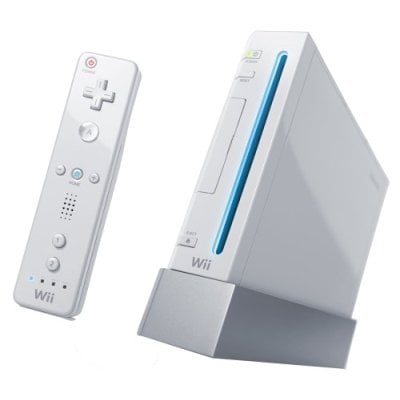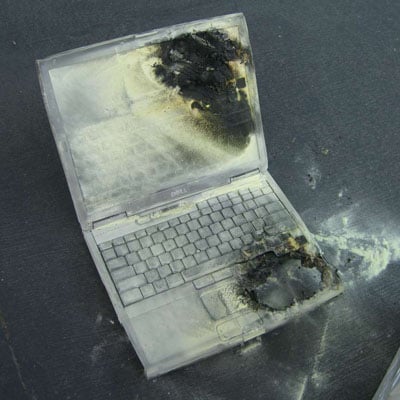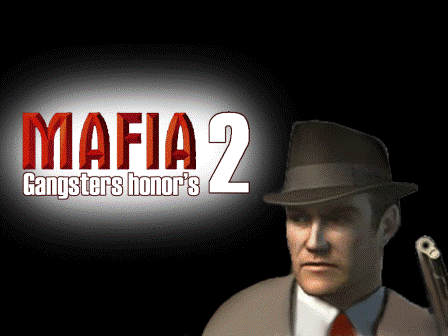Slimmed down and souped up, Sony's latest handheld gaming device, the PSP (model 2000) offers some welcome improvements over its predecessor. It boasts more RAM to make game load times a little faster and is now able to output video straight to your TV. The PSP's smaller size is also more pocket-friendly. Although the device provides the same great game play and media abilities that made the original PSP a success, convincing current PSP owners to upgrade will be tough.

When Sony unveiled the new, redesigned PSP at this year's E3 conference, it appeared at first glance to be no different from the original. It wasn't until you "felt" the new PSP in your hands that you began to understand the subtle but thoughtful cosmetic improvements.
Measuring 6.6 by 2.8 by 0.6 inches (HWD), the PSP's shape has been streamlined in a way that is noticeable when you place the PSP 2000 next to the original, which measures 6.7 by 2.9 by 0.9 inches. The major difference between the two, however, is that the PSP 2000 weighs about a third less, 6.7 versus 9.2. When you use the PSP 2000 for an extended time, the lower weight makes it really easy on the hands; those seasoned by hours of game play on the original model will feel the difference instantly. While holding the PSP 2000 with both hands I noticed another design change: the wavelike bulges on the old PSP, which covered the battery and Memory Stick slot on both sides and curved beneath the middle and index fingers, are gone. They gave the original a more ergonomic feel, which will be missed, but this is minor point. The PSP 2000's screen is the same as the original's and, unfortunately, just as smudge-prone.
The four-way direction pad, as well as the familiar "diamond" buttons (triangle, circle, square, and x), have been slightly elevated, offering greater tactile feedback. This improved my game performance, especially with combo-heavy fighting titles like Tekken: Dark Resurrection. Another physical refinement is that the new PSP's UMD (Universal Media Disc) slot has a less mechanical structure than the original and is easier to operate. Instead of the dedicated button found on the old PSP, all that's required to open the UMD drive is a simple tug on the cover hatch. Placing a UMD in its grove within the opened hinge, then closing the hatch, is the easiest way to load discs.
The PSP 2000 incorporates a few new features that showcase just how much the system has evolved. The device's A/V port, not found in the original, serves two purposes. Since it uses the 3.5mm mini-jack format, the port works with any standard headset for listening. It also doubles as a video-out and can hook up to component or composite inputs via a special cable (sold separately for about $20). This ability lets you output your PSP games, videos, movies, and photos directly to an external display such as your television, or any LCD monitor with component/composite inputs. Movies, videos, and photos can be displayed at DVD resolution (up to 720 by 480, or 480p), but, of course, quality differs depending on compression rates. You can choose to view content in either a 4:3 or a 16:9 aspect ratio, and you can select from interlaced and component output when using the appropriate cables.
Like the original's, the PSP 2000's power button is located in an awkward position: It's easy to hit unintentionally, and if you aren't careful, this can lead to an accidental power-down during game play. The analog stick, too, is disappointingly unimproved over the original's: A better design would have raised the stick slightly and given it a rubberized texture, as opposed to hard plastic. And though the PSP mimics most of the functionalities of the PS2 controller, the new PSP does not introduce one of the PS2 console's main attractions: dual analog support. That is an opportunity missed, since dual analog support gives you greater control in certain games. For instance, when you're playing first-person shooter games like Halo, the Xbox, which has dual analog support, lets you use the left analog stick for movement and the right analog stick to aim your weapon. On the PSP, having only the left analog stick hinders the game play. Had Sony opted for dual analog sticks for the new PSP, upgrading from the original would have been an absolute must for most, if not all.
The Memory Stick Duo slot has been moved to the left of the D-Pad, and the Wi-Fi switch has been placed on top of the unit, next to the mini USB port. The speakers, now elevated above the D-Pad and the "diamond" buttons, are actually better positioned for stereo listening. But the low volume levels that plagued the original PSP remain an issue. The A/V output port really comes in handy, since it isn't positioned near the PSP's strap connector, as is the main headphone jack. This location can block the larger plugs of high-fidelity headphones, a problem that also dogged the original model.
The PSP 2000 runs firmware version 3.60, which is installed by default and comes with a new feature called USB Charge, which fully charges the PSP via a computer's USB port in roughly 5 hours. At first, USB Charge sounds like a welcome addition, but using it proves more of a hassle than a convenience. Unlike nearly all other devices that are able to charge over USB, the PSP must remain on in order to charge. Additionally, you must enable the USB Charge utility for charging to begin; simply connecting the PSP to the computer will not cut it. Another downside is that the 5 hours the PSP takes to charge over USB is nearly twice as long as charging via AC. I'm not saying that the feature is totally useless, but it could have been better implemented.
When testing the PSP 2000's video settings, I found that the 480p and 480i modes looked better than when the PSP upscaled video to HD resolution; upscaling resulted in a slightly distorted picture. Overall, AVI and H.264/MPEG-4 files looked fine on a 65-inch HDTV, and my S.W.A.T. Universal Media Disc (UMD) appeared nearly as good as a standard DVD. Images stored on my Memory Stick Duo looked amazingly sharp—just as good as when viewed directly on my PC monitor. Unfortunately, games are tied down to the PSP 2000's native resolution of 480 by 272 pixels and cannot be viewed in full-screen mode like everything else. This problem left me throttling my television's zoom feature until I found a comfortable setting. If your set doesn't have good zoom features, or any at all, you may be stuck playing games in a small, letter-boxed format with black borders on all sides.
Another disappointment was the lack of gaming support for interlaced-only TV sets. Although video files, movies, and pictures can be displayed in 480i, a message pops up stating that gaming requires the use of progressive scan, rendering sets without this feature incompatible for game play.
source:pcmag.com
Read More!



























